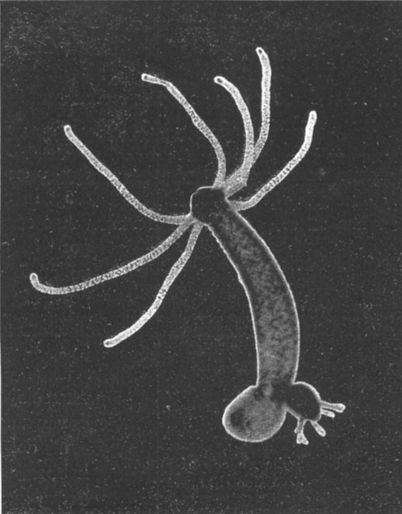8th Grade > Biology
REPRODUCTION IN ANIMALS MCQs
:
C
Ovary is the main female reproductive part in human beings. Ovary produces female gametes called 'ovum', which is haploid in nature. It fuses with the male gamete called 'sperm', which is also haploid in nature and forms a zygote, which is diploid. Cervix and uterus are other female reproductive components. Epididymis is the male reproductive component.
:
B
In vitro fertilisation is the process by which fertilisation (fusion of the egg and the sperm) takes place outside the body. Doctors collect freshly released egg and sperm and put them together for a few hours in a liquid medium. In case fertilisation occurs, the zygote is allowed to develop for about a week into an embryo and then it is placed in the mother’s uterus. Complete development takes place in the uterus and the baby is born like any other baby. Babies formed through IVF are called test tube babies but they do not develop in a test tube.
:
C
Ovary is a part of the female reproductive system. All other given options are parts of male reproductive system. Penis is the external genital organ in males. Testes are the main reproductive organs in males and produce sperms. Vas deferens carry semen from testes to the urethra for ejaculation.
:
A
Each sperm is a single haploid cell. Sperm cells cannot divide and have a limited lifespan. After their fusion with egg cells, a new organism develops from the zygote.
:
A
During cell division, the nucleus divides first and then the cytoplasm. The process of nuclear division is called karyokinesis while the process of cytoplasmic division is called cytokinesis.
:
A and B
Reproduction in hydra (budding) and amoeba (binary fission) are examples of asexual reproduction. In hydra and amoeba, offspring arise from a single organism and inherit the genes of that parent only. Human beings and dogs reproduce by sexual means.
:
B
In animals which undergo external fertilisation, development of embryo takes place outside the female body. For e.g., in frogs, both males and females release their gametes in water. Fertilisation takes place in the water, outside the body of both the parents. The development of the embryo also takes place in water.
:
A
When the sperm fertilises the egg, the single-celled fertilised egg is called the zygote. The zygote undergoes repeated cell divisions to form a stage called the blastocyst. In this stage, there is a sphere of cells which encloses a inner mass of cells. The inner mass of cells develops into an embryo. As the embryo develops, from around the 11th week it is known as a foetus.
:
D
In asexual reproduction, only one parent is involved. Asexual reproduction is a mode of reproduction in which offspring arise from a single organism and inherit the genes of that parent only.

















